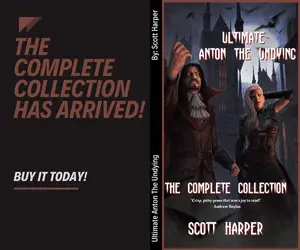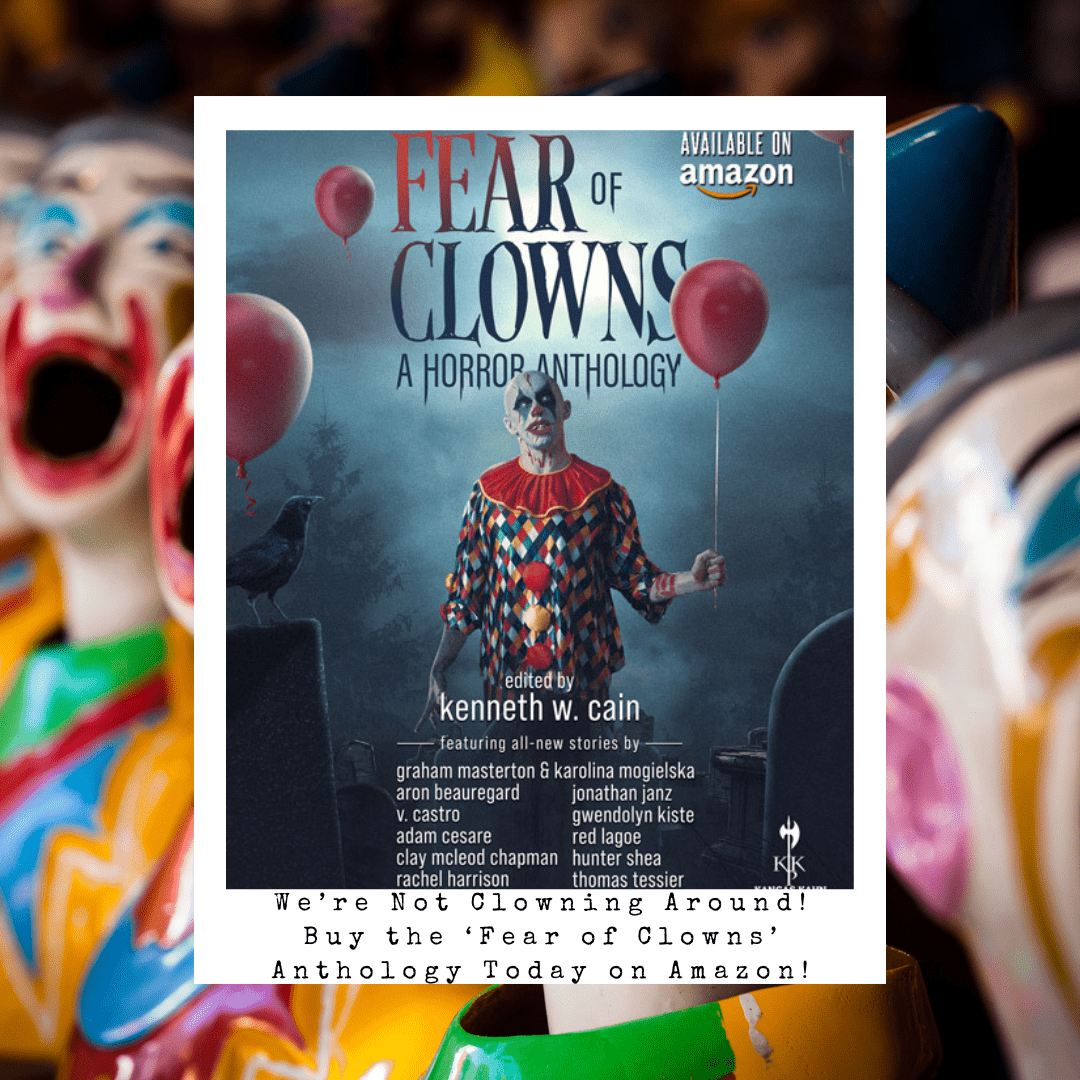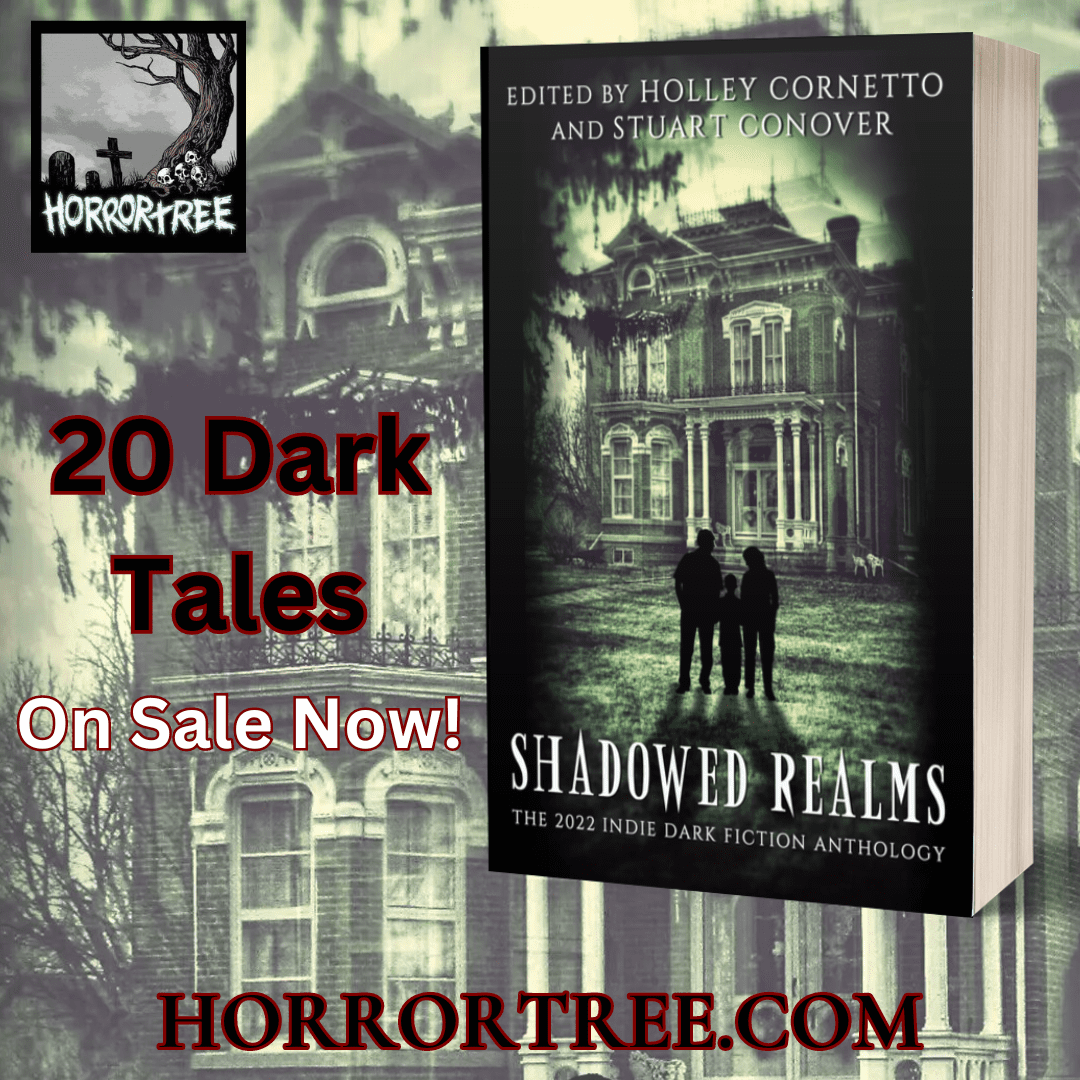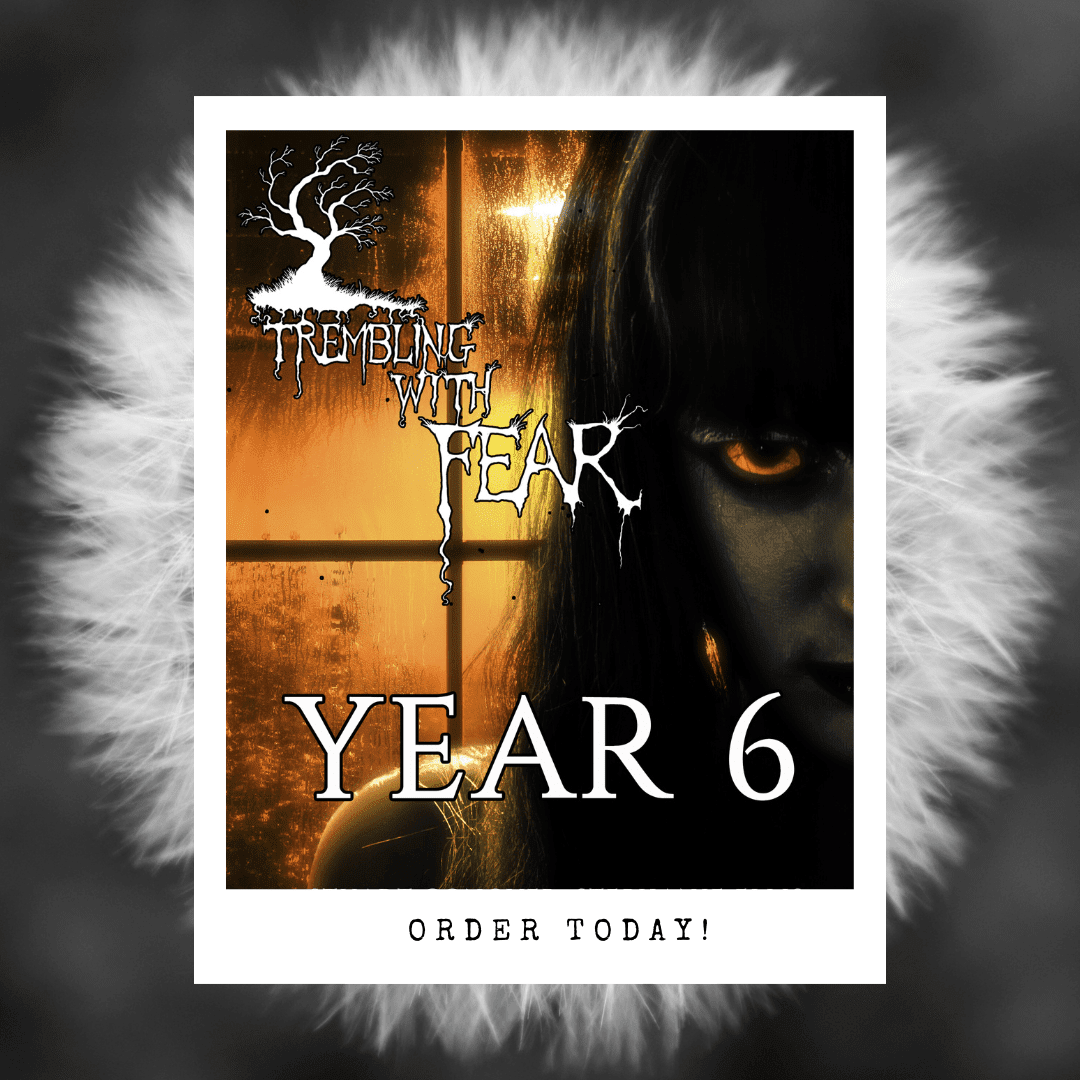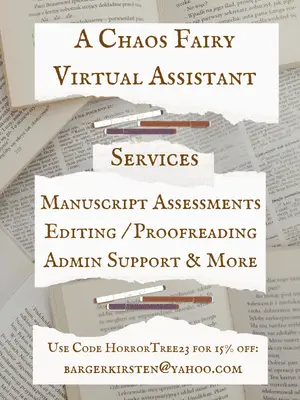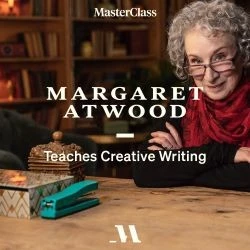The Influence And Relevance Of Anno Dracula After 30 Years
 The sympathetic portrayal of Dracula as pining for a lost love, and finding her in the reincarnated form of Mina Murray, is so embedded in our culture that it may come as a surprise that this is an invention of screenwriters and not Bram Stoker.
The sympathetic portrayal of Dracula as pining for a lost love, and finding her in the reincarnated form of Mina Murray, is so embedded in our culture that it may come as a surprise that this is an invention of screenwriters and not Bram Stoker.
The culmination of this theme is in Francis Ford Coppola’s remarkably unscary Bram Stoker’s Dracula (1992). Despite Dracula (Gary Oldman, who does what he can with the script) appearing in numerous terrifying forms—a werewolf, a wingless bat creature—the horror is undercut by the Count’s Victorian gentlemen persona who chastely courts Winona Ryder’s character, Mina Harker.

 The Noble Art of Scaring People For Their Own Good
The Noble Art of Scaring People For Their Own Good
 There’s no doubt about it: there has been a recent surge in historical horror fiction, especially in the “Weird West” category. Maybe you’ve read a recent anthology featuring horror tales that take place in the Old West or come across “splatter westerns.” Whatever the case, the Weird West genre is making a comeback. Read on for more about this fascinating genre as well as tips for writing your own weird western.
There’s no doubt about it: there has been a recent surge in historical horror fiction, especially in the “Weird West” category. Maybe you’ve read a recent anthology featuring horror tales that take place in the Old West or come across “splatter westerns.” Whatever the case, the Weird West genre is making a comeback. Read on for more about this fascinating genre as well as tips for writing your own weird western. At every book signing, writing event, or anywhere a reader can corner an author, one question finds its way off the tongue. Where do your horror ideas come from? The question itself doesn’t appear as anything more than a simple curiosity. The same asker might mention the weather to their friends or talk about their next meal with a partner. But for an author, the inevitable request requires a much deeper gaze into their soul. And as the thoughts swim through the brain to find an appropriate way to answer, the writer must navigate back to the furthest reaches of their past to unravel the most complicated enigma ever. Where does divine inspiration come from?
At every book signing, writing event, or anywhere a reader can corner an author, one question finds its way off the tongue. Where do your horror ideas come from? The question itself doesn’t appear as anything more than a simple curiosity. The same asker might mention the weather to their friends or talk about their next meal with a partner. But for an author, the inevitable request requires a much deeper gaze into their soul. And as the thoughts swim through the brain to find an appropriate way to answer, the writer must navigate back to the furthest reaches of their past to unravel the most complicated enigma ever. Where does divine inspiration come from? How to Be a Witch
How to Be a Witch The thing about writing is, you have to actually do it to get anywhere with it.
The thing about writing is, you have to actually do it to get anywhere with it.  The release of my novel RAGS through eSpec Books in the coming weeks marks my fifth published horror novel targeted to YA or Middle Grade readers. RAGS tells its story through the eyes of 16-year-old Abby Lowell, who must navigate through one supernatural terror after another in order to save the people she loves. Her journey is harrowing, suspenseful, and often a bit gory. But that’s horror in the nutshell, isn’t it?
The release of my novel RAGS through eSpec Books in the coming weeks marks my fifth published horror novel targeted to YA or Middle Grade readers. RAGS tells its story through the eyes of 16-year-old Abby Lowell, who must navigate through one supernatural terror after another in order to save the people she loves. Her journey is harrowing, suspenseful, and often a bit gory. But that’s horror in the nutshell, isn’t it?